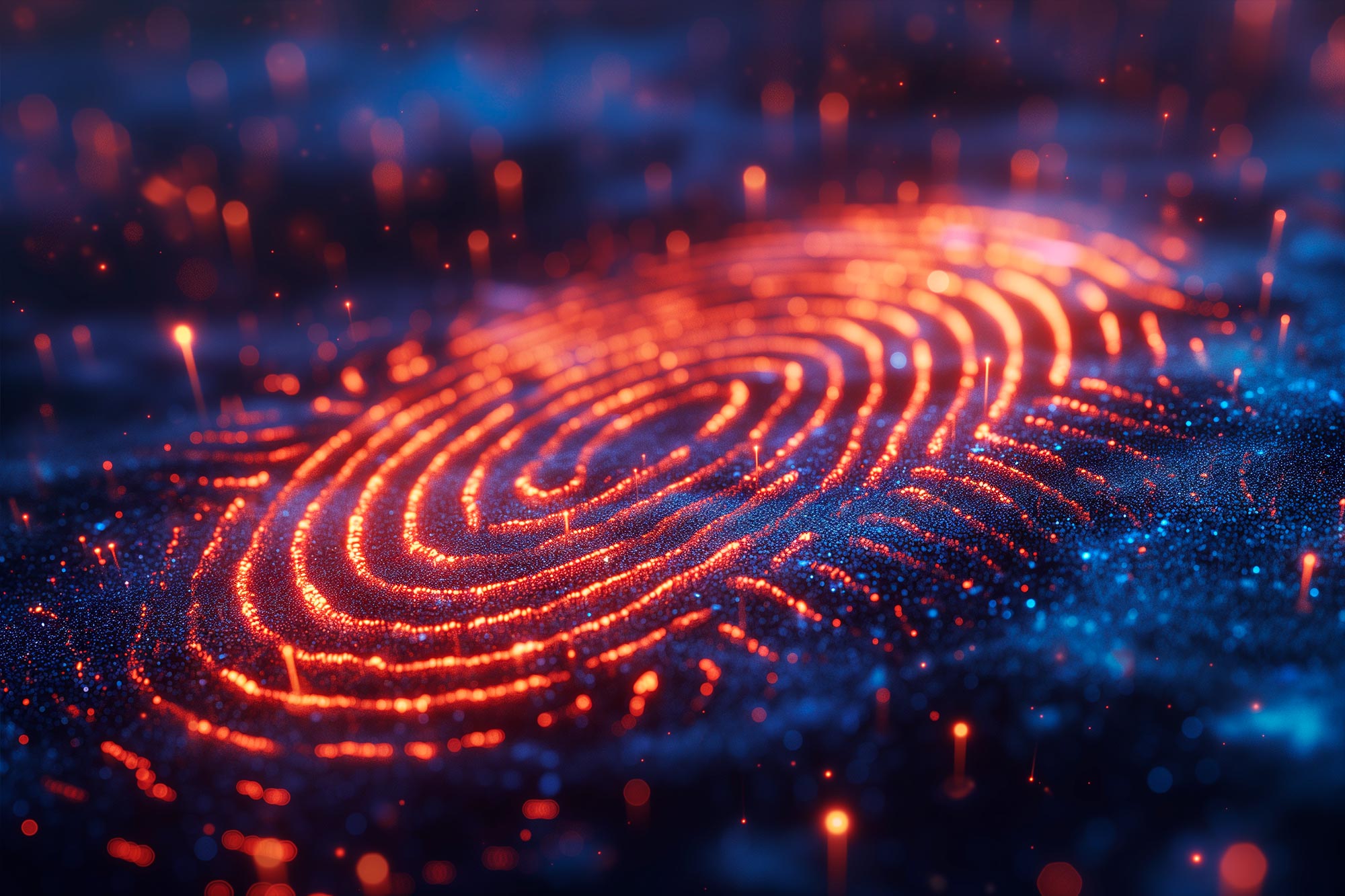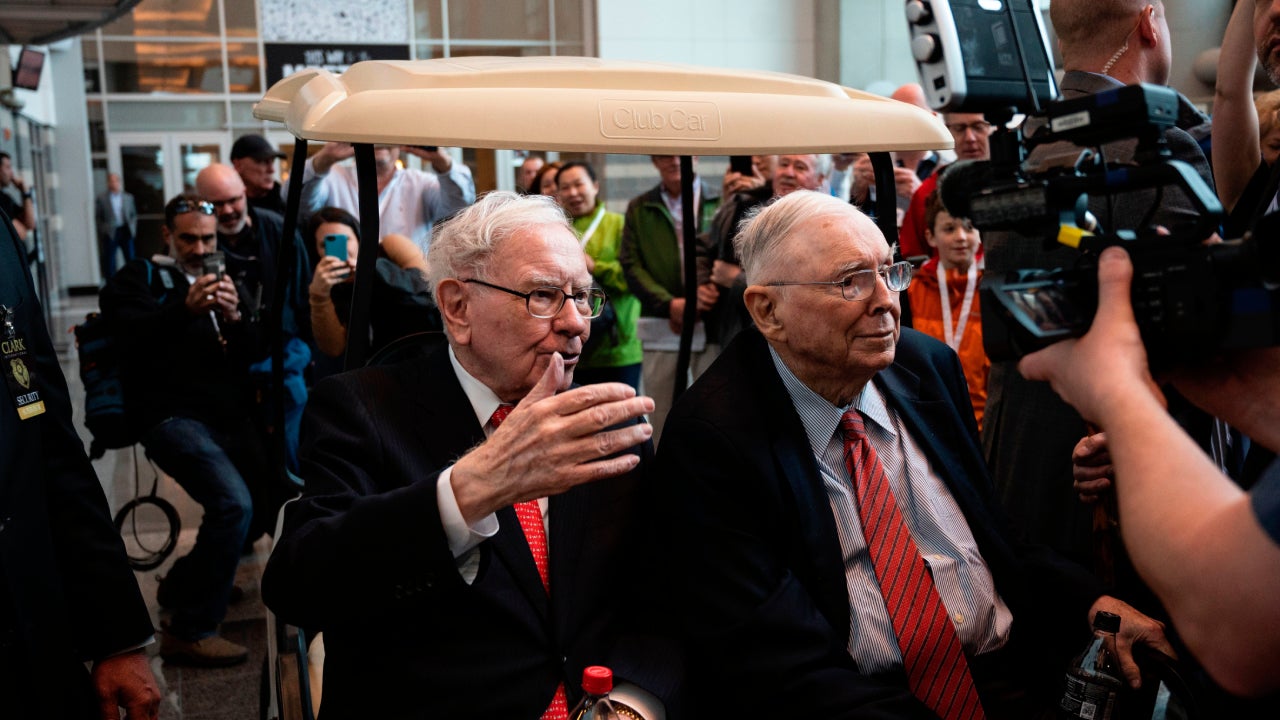An undergraduate team at Columbia Engineering harnessed AI technology to challenge the conventional forensic notion that fingerprints from different fingers of the same individual are inherently distinct, unveiling a groundbreaking forensic marker. Despite facing initial skepticism, their research, which has the potential to revolutionize forensic science, was published in Science Advances. Credit: SciTechDaily.com
Columbia engineers have developed an innovative AI system that defies the traditional forensic belief that fingerprints from various fingers of an individual are always unique. Surprisingly, these fingerprints exhibit similarities, suggesting a paradigm shift in fingerprint analysis methodologies.
From popular TV shows like “Law and Order” to real-life criminal investigations, fingerprints have long been hailed as a crucial tool for linking individuals to criminal activities. However, when a perpetrator leaves fingerprints from different fingers at separate crime scenes, connecting these incidents becomes a daunting task, often leading to investigative dead ends.
The forensics community widely accepts the idea that fingerprints from different fingers of the same person, known as “intra-person fingerprints,” are distinct and therefore impossible to match.
Pioneering Research by Columbia Engineering Undergraduates
Led by Columbia Engineering senior Gabe Guo, the team challenged this prevailing assumption. Despite Guo’s lack of prior forensic knowledge, he accessed a public U.S. government fingerprint database containing around 60,000 samples. These fingerprints were paired and input into a deep contrastive network—an AI system. Some pairs belonged to the same individual but different fingers, while others belonged to distinct individuals.

A saliency map highlighting the key areas contributing to the similarity between two fingerprints from the same person. Credit: Gabe Guo, Columbia Engineering
AI’s Potential to Enhance Forensic Precision
Through continuous refinement of the AI system, which involved modifying an advanced framework, the team observed significant improvements in the system’s ability to differentiate between fingerprints from the same individual and those from different individuals. The accuracy of this system, in terms of measuring how closely the results align with the actual values, increased over time.
Established in 1846, the State University of New York at Buffalo stands as the largest campus in the State University of New York system, serving as New York’s primary public hub for graduate and professional education. This public research university boasts campuses in Buffalo and Amherst, New York, United States, commonly known as the University at Buffalo (UB) or SUNY Buffalo, having previously operated under the name University of Buffalo.
Study Results Challenge and Surprise Forensic Experts
Upon validating their findings, the team promptly submitted their research to a renowned forensics journal, only to face rejection months later. The anonymous reviewer and editor asserted that the uniqueness of every fingerprint is a well-established fact, suggesting that even if the fingerprints originate from the same individual, detecting similarities would be implausible.
Undeterred by these setbacks, the team persisted in their efforts, expanding the dataset fed into the AI system and witnessing continued enhancements in its performance. Despite facing skepticism within the forensics community, the team chose to submit their manuscript to a broader audience. Although the paper encountered rejection once more, Professor Lipson, the James and Sally Scapa Professor of Innovation in the Department of Mechanical Engineering and co-director of the Makerspace Facility, advocated for its significance. He emphasized the potential impact of this discovery in reinvigorating cold cases and potentially exonerating innocent individuals.
While the AI system’s precision may not be sufficient to conclusively determine a case, it can aid in prioritizing leads in ambiguous scenarios. Following further deliberations, the paper ultimately secured publication in Science Advances.
Unveiling a Novel Forensic Marker for Accurate Fingerprint Analysis
A pivotal question that emerged was the nature of the alternative information utilized by the AI that had eluded conventional forensic analyses for decades. After meticulously visualizing the decision-making process of the AI system, the team identified a novel forensic marker being leveraged.
Guo highlighted that the AI diverged from traditional fingerprint comparison methods that focus on minutiae—branchings and endpoints in fingerprint ridges. Instead, the AI emphasized aspects related to the angles and curvatures of swirls and loops at the fingerprint’s core.
Aniv Ray, a senior at Columbia Engineering, and Judah Goldfeder, a PhD student, who contributed to data analysis, emphasized that these findings represent just the initial phase of their research. Ray envisioned the system’s enhanced performance when trained on millions, rather than thousands, of fingerprints.
Necessity for Comprehensive Datasets
Acknowledging potential biases in the dataset, the team underscored the importance of broader data coverage for thorough validation. While initial evidence indicates consistent performance across genders and races where samples were available, further validation using diverse datasets is essential for practical application of this technique.
AI’s Transformative Role in Established Fields
This discovery exemplifies the potential for AI to unveil unexpected insights, as noted by Lipson. Contrary to the perception that AI merely regurgitates existing knowledge, this research demonstrates how even a rudimentary AI system, when provided with a conventional dataset long available to the research community, can offer insights that have eluded experts for decades.
Lipson further emphasized the imminent surge in AI-driven scientific discoveries by individuals lacking expertise in specific fields. This trend underscores the necessity for the expert community, including academia, to prepare for a wave of AI-led innovations.
Reference: “Unveiling intra-person fingerprint similarity via deep contrastive learning” by Gabe Guo, Aniv Ray, Miles Izydorczak, Judah Goldfeder, Hod Lipson, and Wenyao Xu, 12 January 2024, Science Advances.










